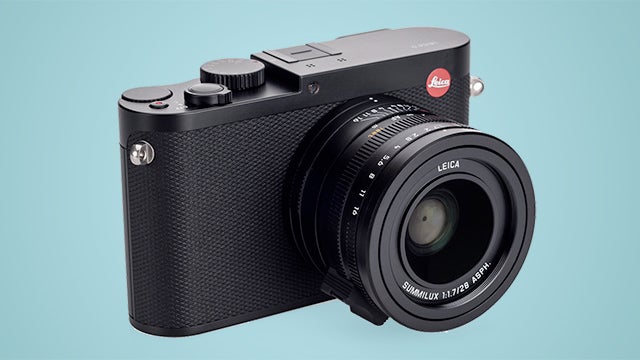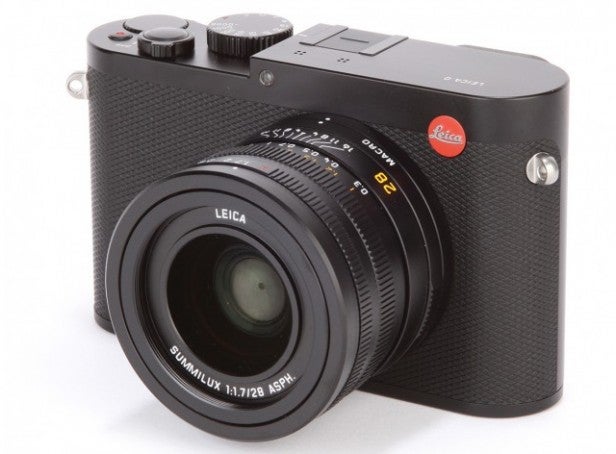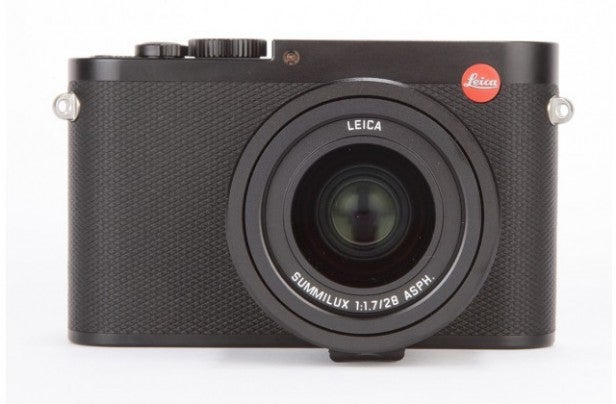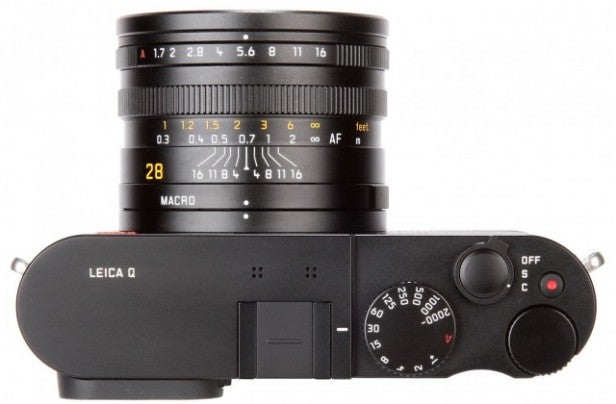Leica Q (Typ 116) Review
Leica Q (Typ 116)
A £2,900 compact camera.

Sections
- Page 1 Leica Q (Typ 116) Review
- Page 2 EVF, Screen and AF Review
- Page 3 Lens, Image Quality Video and Verdict Review
Verdict
Pros
- Fantastic handling and control
- Excellent image quality
- High-quality lens
Cons
- Price pushes it into a niche
- Video capabilities could be better
Key Specifications
- Review Price: £2900.00
- 24.1-megapixel full-frame sensor
- ISO 100-50000
- 28mm f/1.7 lens
What is the Leica Q (Typ 116)?
The Leica Q (Typ 116) is just what we’ve been waiting for – a new Leica camera that isn’t simply a re-brand of another model, and one that isn’t ridiculously overpriced.
Now, looking at its price that might not seem the case. At £2,900, this fixed-lens non-zoom compact camera will be out of the reach of most photographers.
It’s a sparsely populated class, the only major contenders being the Sony RX1 and RX1R, which are now getting on a bit. If you’re looking for a camera whose flexibility, image quality and features correspond directly to the price, then the Leica Q (Typ 116) probably isn’t for you. However, start using it and you’ll soon discover that the attention to detail applied to its design and handling is a magic combination on which you simply can’t put a price.

Leica Q (Typ 116) – Design
The Leica Q (Typ 116) is a compact camera, but it’s about as far removed from your average compact as it’s possible to be. Like real top-end models, the frame is magnesium alloy and the top plate is aluminium.
Packing in a full-frame sensor results in the Leica Q (Typ 116) being significantly larger than models such as the Sony RX100 IV. Nevertheless, it’s remains easier to carry around with you than a DSLR.
If you’re looking for a camera that has the potential to reignite your love for photography, without proving a pain on a practical level, then you’re in the right place.
The Leica Q (Typ 116) isn’t too showy, either. While you’ll undoubtedly attract a few glances from those familiar with the brand, its matte finish is pleasantly low-key. It’s a charmer, in more ways than one.

Leica Q (Typ 116) – Handling and Control
What the Leica Q (Typ 116) offers above 99 per cent of other models is a sense of fluid, intuitive operation. Even though the camera works with limited space, it offers excellent manual controls.
With each day with the Leica Q (Typ 116), we naturally started to gravitate towards using the manual controls, in the end switching off Auto settings entirely. This isn’t the norm, it’s because the Leica Q (Typ 116) made it feel so natural. In this respect, it reminds us of the FujiFilm X100 series.
Having a fixed lens helps here, too, letting the Leica Q (Typ 116) lean on lens wheels rather than having to cater for absolutely everything on the body. The lens has two control wheels, one for aperture, another for manual focusing. As with every part of the camera’s construction, these feel sturdy.

Up on the top plate sits a dedicated shutter-speed dial, and a second control wheel located by the shutter button. This whole control area sits in a recess in the body, which means you’re less likely to flick the controls accidentally or damage them.
The Leica’s simplicity attracts comparisons to Apple. As much as we hate to say this: it just works.
The rear of the Leica Q (Typ 116) is a good example. Five clearly labelled buttons, a screen and D-pad offer all the control you need, but without being cluttered. Shooting with this camera is simply a joy.

